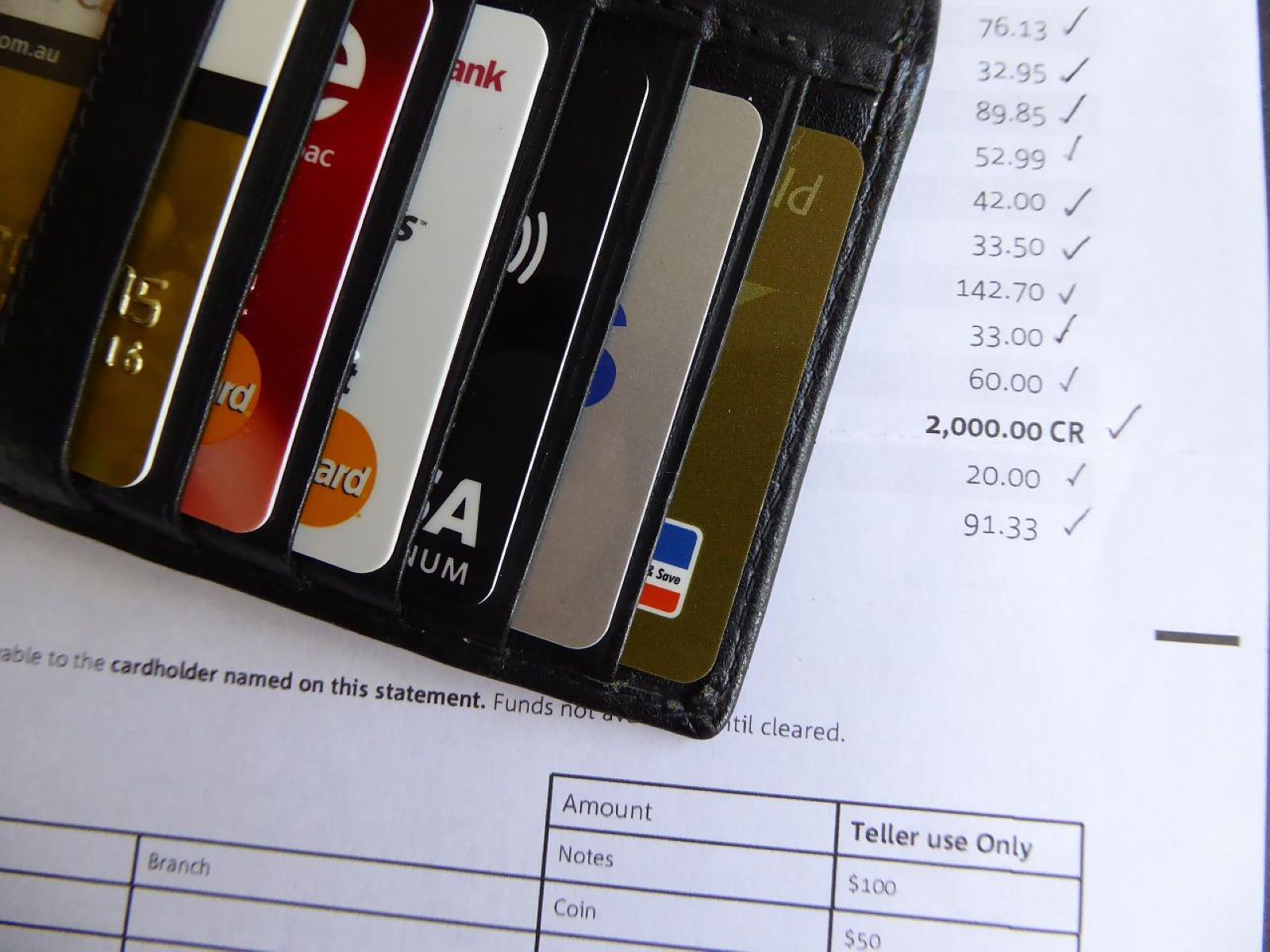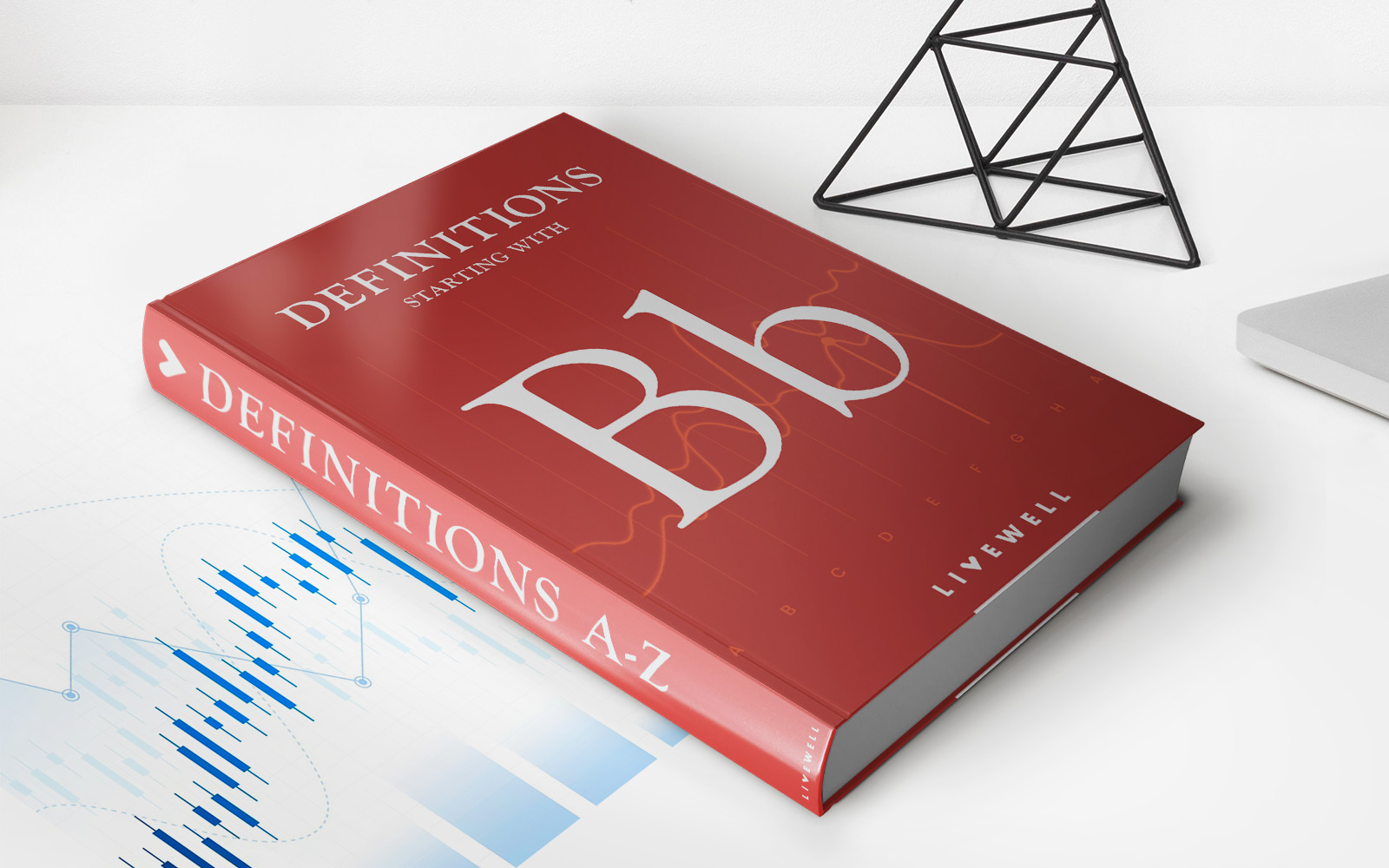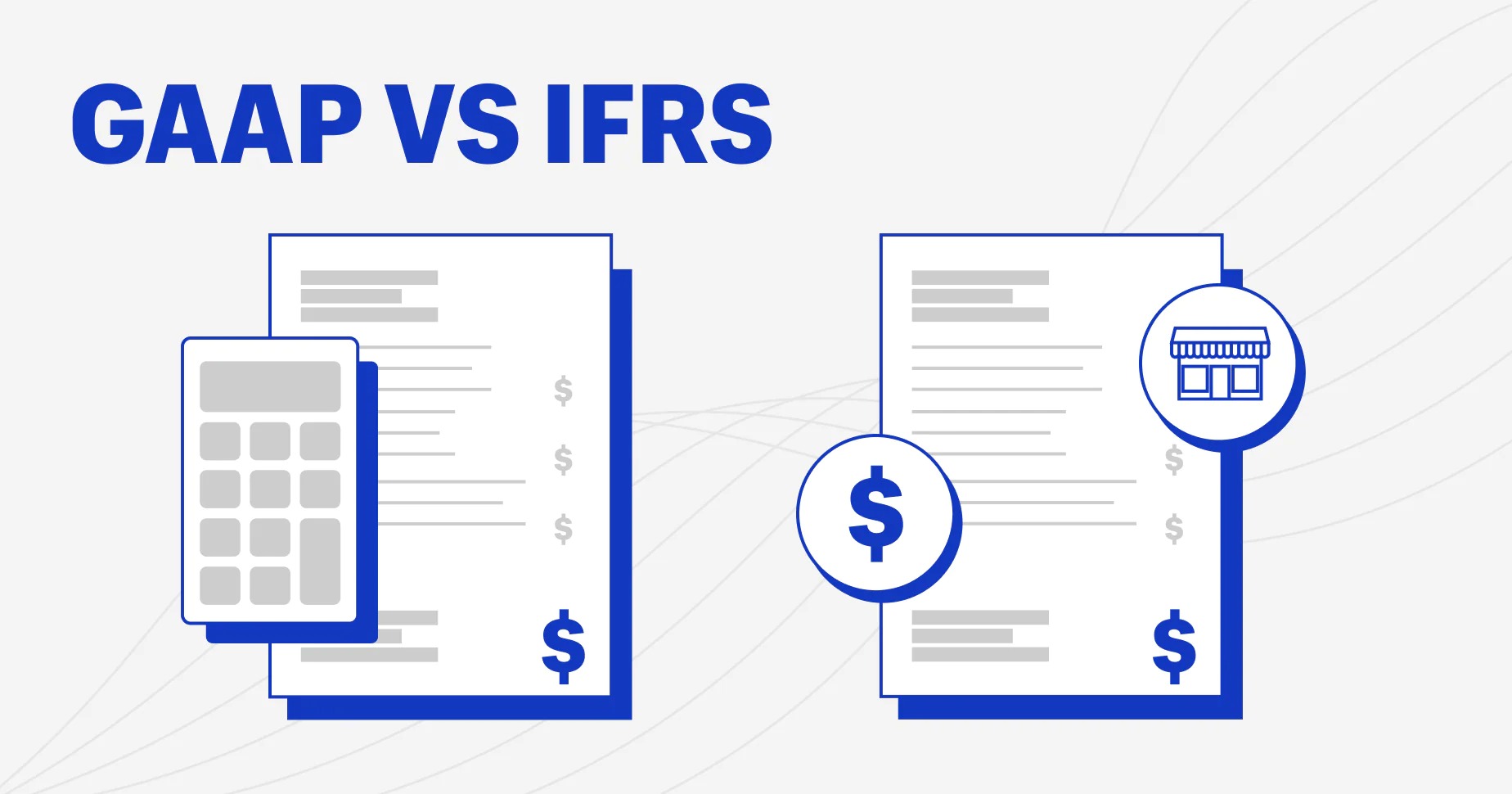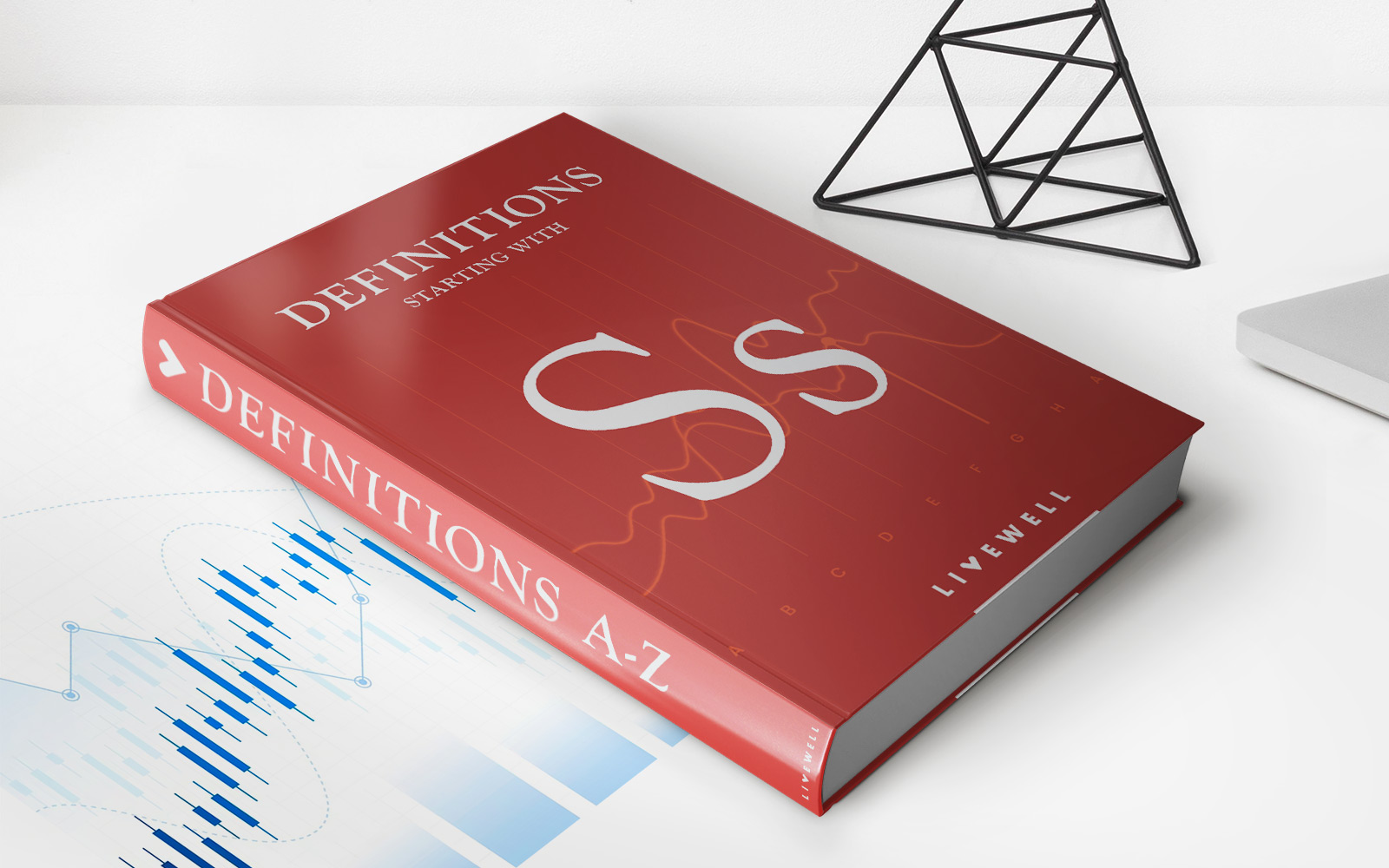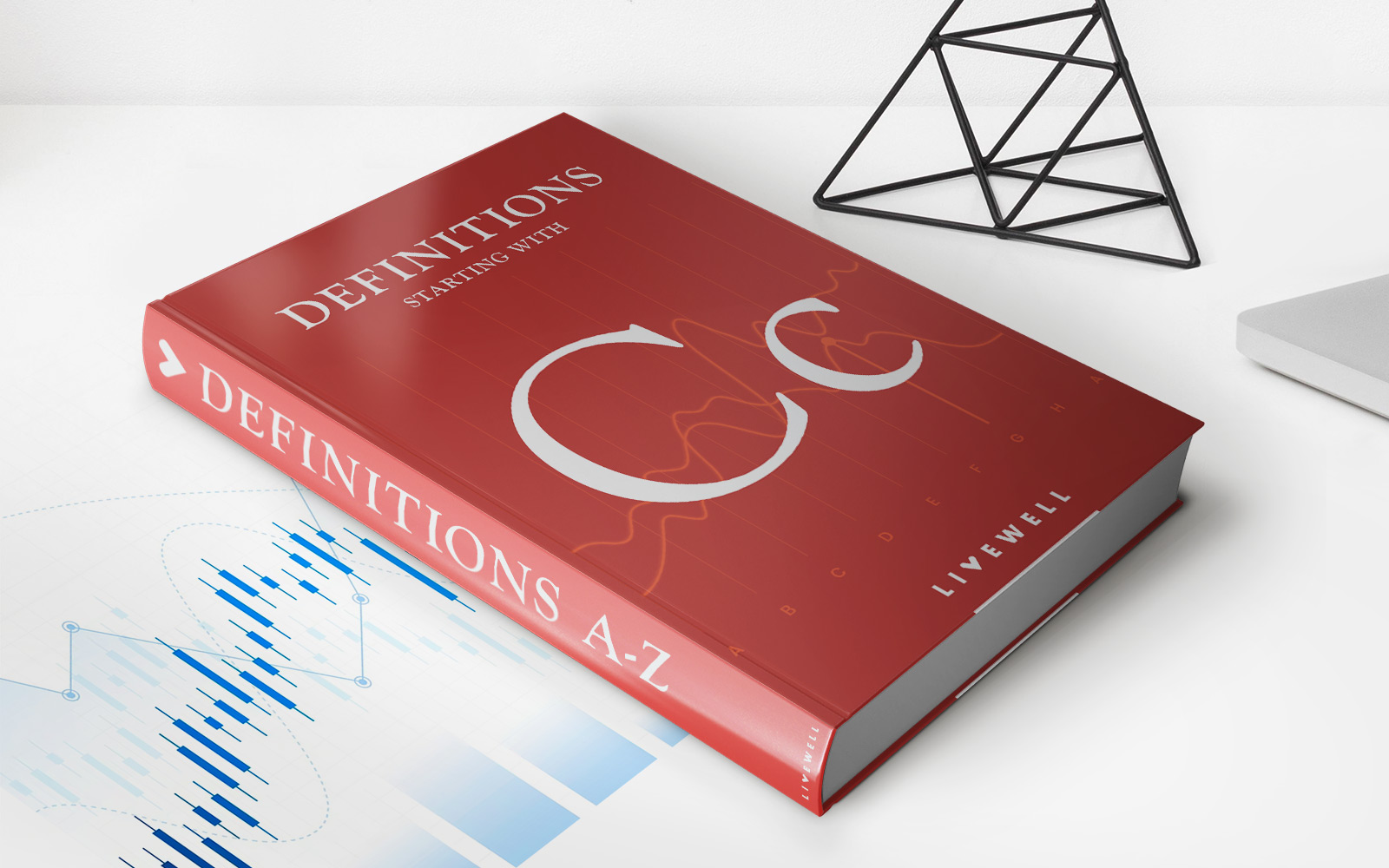Home>Finance>What Does Available Credit Mean On A Credit Card


Finance
What Does Available Credit Mean On A Credit Card
Modified: January 10, 2024
Learn what "available credit" means on a credit card and how it impacts your finances. Discover how to manage and improve your available credit for a healthy financial future.
(Many of the links in this article redirect to a specific reviewed product. Your purchase of these products through affiliate links helps to generate commission for LiveWell, at no extra cost. Learn more)
Table of Contents
Introduction
Welcome to the world of credit cards, where the concept of available credit holds significant importance. If you’ve ever owned a credit card or have been considering getting one, you may have come across the term “available credit” before. Understanding what it means and how it affects your financial well-being is crucial for responsible card management.
Available credit refers to the amount of money you can still spend on your credit card without exceeding your credit limit. It represents the remaining balance that can be utilized for purchases, cash advances, or balance transfers.
As you make purchases on your credit card, your available credit decreases. Conversely, when payments are made towards your credit card balance, your available credit increases. It’s important to note that available credit is not the same as your credit limit, which represents the maximum amount you can borrow on your credit card.
Understanding available credit is essential to avoid overspending and to maintain a healthy credit profile. In this article, we will delve deeper into how available credit is calculated, the factors that affect it, and the importance of managing it responsibly.
Definition of Available Credit
Available credit refers to the amount of credit that is still available for use on your credit card. It represents the remaining balance that you can borrow without exceeding your credit limit. Essentially, it is the difference between your credit limit and your current credit card balance.
For example, let’s say you have a credit card with a limit of $5,000 and your current balance is $1,500. In this scenario, your available credit would be $3,500 ($5,000 – $1,500). This means you can still make purchases or withdraw cash up to $3,500 without triggering an over-the-limit fee or having your transaction declined.
Available credit is important because it determines how much you can borrow and spend on your credit card. It offers flexibility and convenience, allowing you to make purchases even if you don’t have immediate funds available in your bank account. However, it is crucial to manage your available credit responsibly to avoid falling into debt or damaging your credit score.
It’s important to note that available credit can vary depending on your credit card issuer’s policies, your credit utilization ratio, and your payment history. Different credit card providers may have different rules and restrictions regarding available credit, so it’s advisable to review your cardholder agreement or contact your card issuer for specific details.
Ultimately, understanding your available credit can help you make informed financial decisions and prevent you from overspending. By regularly monitoring your available credit and staying within your credit limit, you can maintain a healthy credit profile and avoid unnecessary financial stress.
How Available Credit is Calculated
Calculating available credit involves taking into account various factors, including your credit limit and your outstanding balance. To calculate your available credit, simply subtract your current credit card balance from your credit limit.
For example, if your credit limit is $10,000 and your current balance is $2,500, your available credit would be $7,500 ($10,000 – $2,500).
It’s important to note that calculating available credit is not a one-time calculation. It fluctuates based on your credit card activity. As you make purchases or payments, your available credit will change accordingly.
Here’s a breakdown of how available credit is affected by different scenarios:
- Making a Purchase: When you make a purchase with your credit card, your available credit decreases by the amount of the purchase. For example, if you make a $100 purchase, your available credit will decrease by $100.
- Making a Payment: When you make a payment toward your credit card balance, your available credit increases. For example, if you make a $500 payment, your available credit will increase by $500.
- Interest and Fees: Interest charges and fees, such as an annual fee or a late payment fee, do not affect your available credit. They are separate from the credit utilization calculation.
- Credit Limit Increase: If your credit card issuer grants you a credit limit increase, your available credit will increase by the additional amount. For example, if your credit limit is increased by $1,000, your available credit will also increase by $1,000.
Remember that it’s important to stay mindful of your available credit and not max out your card. Maintaining a low credit utilization ratio (the percentage of your credit limit you utilize) is crucial for a healthy credit score and financial well-being. Aim to keep your credit utilization below 30% to demonstrate responsible credit usage.
Factors Affecting Available Credit
Several factors can influence your available credit on a credit card. Understanding these factors can help you manage your credit wisely and maximize your available credit. Here are some key factors that can affect your available credit:
- Credit Limit: Your credit limit is the maximum amount you can borrow on your credit card. A higher credit limit generally translates to a larger available credit. If you have a credit card with a higher limit, you will have more flexibility in your spending.
- Outstanding Balance: Your current credit card balance directly affects your available credit. The higher your outstanding balance, the lower your available credit will be. It’s important to make timely payments to decrease your balance and increase your available credit.
- Credit Utilization Ratio: Your credit utilization ratio is the percentage of your credit limit that you are currently using. It is a significant factor that affects your credit score and thus your available credit. A high credit utilization ratio can indicate a higher risk and may result in a lower credit score. Aim to keep your credit utilization ratio below 30% to maintain a healthy credit profile.
- Payment History: Your payment history plays a critical role in managing your available credit. Consistently making on-time payments improves your creditworthiness, which may lead to credit limit increases and better available credit terms.
- Creditworthiness: Lenders consider your creditworthiness when determining your available credit. Factors such as your credit score, income level, employment history, and overall financial stability can influence the credit limits offered to you.
- Changes in Financial Circumstances: Major life events, such as losing a job or a significant decrease in income, can impact your available credit. It’s important to communicate with your credit card issuer if you’re facing financial difficulties to explore potential options.
- Cardholder Behavior: Your actions as a cardholder, such as regularly making payments, staying within your credit limit, and responsibly managing your credit card, can positively impact your available credit. Demonstrating responsible financial behavior may make lenders more inclined to increase your credit limit.
By understanding and actively managing these factors, you can maintain a healthy available credit balance and leverage the benefits of your credit card while avoiding the pitfalls of excessive debt.
Importance of Available Credit
Understanding the importance of available credit is key to effectively managing your credit card finances. Here are some reasons why available credit matters:
- Flexibility: Available credit provides you with financial flexibility. It allows you to make necessary purchases or handle unexpected expenses, even if you don’t have the immediate funds in your bank account. This can be particularly helpful in emergency situations or when you need to make larger purchases.
- Credit Utilization: Available credit plays a crucial role in your credit utilization ratio, which is the percentage of your credit limit that you are utilizing. A lower credit utilization ratio generally indicates responsible credit management and can significantly impact your credit score. By maintaining a healthy level of available credit and keeping your utilization ratio low, you demonstrate your creditworthiness to lenders.
- Benefits of Rewards Programs: Many credit cards offer rewards programs, such as cash back or travel points, based on your spending. Having a higher available credit allows you to maximize your spending to earn more rewards. With responsible spending and regular repayments, you can take advantage of these rewards and potentially save money or enjoy valuable perks.
- Emergency Fund: In situations where you don’t have access to your savings or emergency fund, available credit can act as a temporary solution. It can help cover unexpected expenses, such as medical bills or car repairs, until you can secure alternative funds. It’s important to use this option wisely and repay the balance promptly to avoid accumulating high interest charges.
- Opportunities for Credit Limit Increases: Responsible use of available credit can provide opportunities for credit limit increases. Lenders may review your payment history, creditworthiness, and responsible credit management habits when considering a credit limit increase. This can result in a larger available credit, providing additional financial freedom.
- Financial Planning: Monitoring your available credit allows you to plan your finances more effectively. By keeping track of your spending and available credit, you can make informed decisions regarding your budget, prioritize payments, and avoid exceeding your credit limit. This helps you stay in control of your financial well-being and avoid unnecessary debt.
Remember, while available credit offers financial flexibility, it’s crucial to use it responsibly. Aim to maintain a balance between utilizing your credit card for convenience and managing your available credit wisely to achieve long-term financial stability.
Tips to Maximize Available Credit
Maximizing your available credit can provide you with more financial flexibility and benefits. Here are some practical tips to help you make the most of your available credit:
- Monitor Your Credit Utilization Ratio: Keep a close eye on your credit utilization ratio, which is the percentage of your credit limit that you are utilizing. Aim to keep your utilization below 30% to maintain a healthy credit score and maximize your available credit. Regularly review your credit card statements and make necessary adjustments to stay within this range.
- Pay Your Balance in Full: Whenever possible, strive to pay your credit card balance in full each month. By doing so, you not only avoid interest charges but also maintain a low outstanding balance, which increases your available credit. Set up automatic payments or establish a reminder system to ensure timely payment and avoid late fees.
- Make Multiple Payments: If you’re unable to pay your balance in full, consider making multiple payments throughout the month. By paying more frequently, you reduce your outstanding balance faster, increasing your available credit sooner. This strategy can also help reduce the interest charges you accumulate.
- Request a Credit Limit Increase: If you have a responsible credit history and can demonstrate the ability to handle a higher credit limit, consider requesting a credit limit increase. A higher credit limit means more available credit and a lower credit utilization ratio. However, be cautious not to use the increased limit as an excuse to overspend.
- Use Credit Cards Wisely: Avoid impulse purchases and excessive spending. Use your credit card for necessary expenses and items within your budget. Be mindful of your available credit and only charge what you can comfortably afford to pay off within a reasonable time frame.
- Regularly Review Your Credit Report: Keep track of your credit report to ensure accurate reporting and identify any issues or errors that may affect your available credit. Dispute any inaccuracies with the credit bureaus to maintain the integrity of your credit profile.
- Avoid Opening Multiple Credit Cards: While having multiple credit cards may increase your overall credit limit, it also increases the temptation to overspend. It’s best to have a few well-managed credit cards rather than a large number that may be challenging to keep track of.
- Communicate with Your Credit Card Issuer: If you’re facing financial difficulties, don’t hesitate to reach out to your credit card issuer. They may be willing to work with you by adjusting your payment due dates or offering alternative solutions that help you maintain your available credit.
By implementing these tips, you can effectively manage your available credit, improve your credit profile, and take advantage of the benefits that come with responsible credit card usage.
Managing Available Credit Responsibly
Managing your available credit responsibly is crucial for maintaining a healthy financial life and avoiding unnecessary debt. Here are some key strategies to help you manage your available credit effectively:
- Create a Budget: Establish a realistic budget that outlines your income, expenses, and savings goals. By tracking your spending and adhering to your budget, you can ensure that your credit card usage aligns with your financial capabilities. This helps you maintain a manageable balance and maximize your available credit.
- Regularly Review Your Statements: Take the time to carefully review your monthly credit card statements. Cross-reference them with your receipts or digital transactions to ensure accurate charges. If you spot any discrepancies or unauthorized transactions, report them to your credit card issuer immediately.
- Pay on Time: Pay your credit card bill on or before the due date. Late payments can result in penalties, such as late fees or increased interest rates. Set up reminders or automatic payments to avoid missing due dates and negatively impacting your available credit.
- Avoid Minimum Payments: Whenever possible, pay more than the minimum payment required. While making minimum payments keeps your account in good standing, the majority of the payment goes towards interest charges rather than reducing the principal balance. Paying more helps decrease your balance faster and increases your available credit.
- Avoid Cash Advances: Cash advances typically come with high interest rates and additional fees. It’s best to avoid using your credit card for cash withdrawals unless it’s an absolute emergency. Seek alternative options, such as personal loans or borrowing from friends or family, to minimize the impact on your available credit.
- Keep Track of Rewards and Benefits: If your credit card offers rewards or benefits, be sure to take advantage of them. Understand the terms and conditions of the rewards program and use your card for eligible purchases. However, prioritize responsible spending over the desire to accumulate rewards.
- Regularly Check Your Credit Score: Monitor your credit score to gauge your overall credit health. A good credit score reflects responsible credit management and can result in better terms, such as lower interest rates or higher credit limits. Use reputable credit monitoring services to stay informed about any changes in your credit profile.
- Reevaluate Your Credit Needs: Periodically reassess your credit card needs and consider whether you require multiple credit cards or if you can maintain your desired credit limit with fewer cards. Reducing the number of cards you own can simplify your financial management and minimize the risk of overspending.
By incorporating these practices into your financial routine, you can effectively manage your available credit, build a positive credit history, and enjoy the benefits of responsible credit card usage.
Conclusion
Understanding and managing available credit is crucial for responsible credit card use and maintaining a healthy financial profile. It represents the amount of credit you have left to borrow without exceeding your credit limit. By effectively managing your available credit, you can maximize your financial flexibility, maintain a healthy credit utilization ratio, and take advantage of the benefits offered by credit cards.
Factors such as your credit limit, outstanding balance, and creditworthiness directly affect your available credit. By monitoring and controlling these factors, you can optimize your available credit and improve your overall credit profile.
Remember to use your credit cards wisely, keeping your spending within your means and paying your balances on time. By doing so, you can maintain a low outstanding balance, increase your available credit, and demonstrate responsible credit card usage to lenders.
Regularly reviewing your credit card statements, monitoring your credit report, and staying informed about your credit score are essential steps in managing your available credit effectively. These actions help you detect any inaccuracies, avoid fraudulent charges, and make informed decisions to maintain your financial well-being.
Ultimately, managing available credit responsibly requires discipline, financial planning, and a proactive approach to staying on top of your credit card accounts. By following the tips and strategies outlined in this article, you can navigate the world of credit cards with confidence, maximize your available credit, and enjoy the benefits that come with responsible credit card use.







